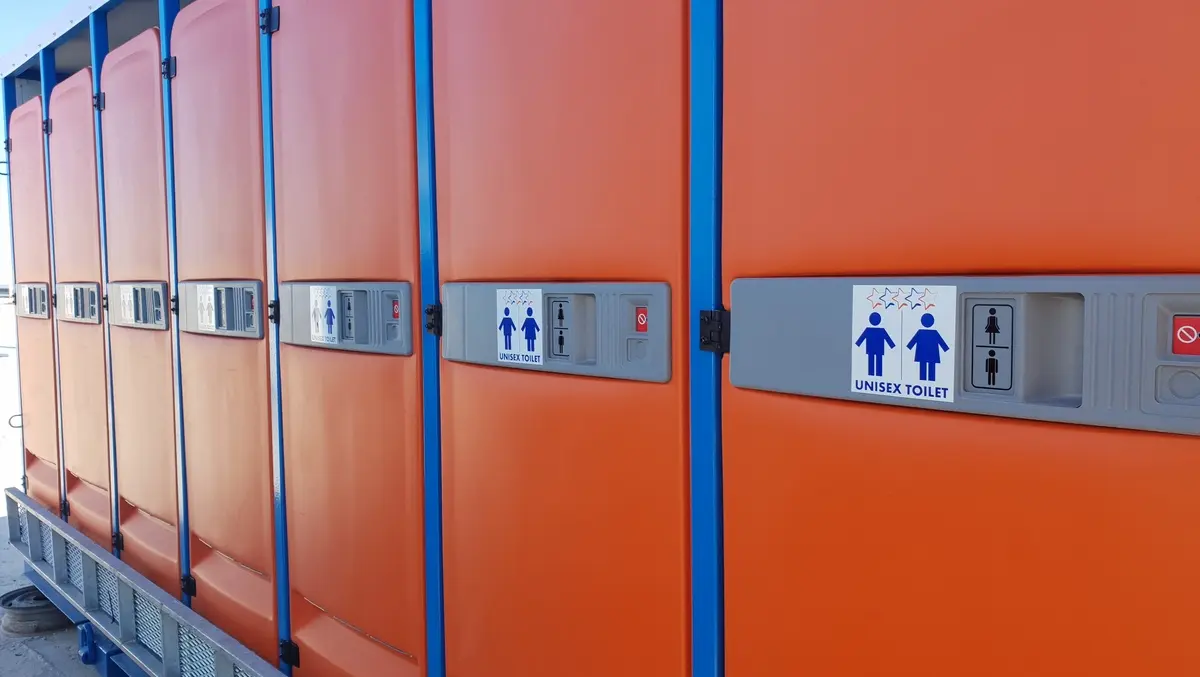
Instant Products Group unveils smart toilet technology
A new monitoring technology launched by Instant Products Group aims to create "smart" toilets, potentially improving sanitation and reducing the risk of overflows and spills on work sites.
The technology facilitates real-time, remote monitoring of waste in portable ablution blocks, replacing outdated alarm systems. Instant Products Group's Managing Director, Scott Rawson, explained the limitations of the traditional float system, which merely triggers a warning light when full, providing no information on the rate at which the waste tank is filling.
"It's a flawed system as there's no way of knowing how quickly the waste tank is filling up, and even once the alarm is triggered, it still relies on someone noticing that, contacting the company and scheduling for the waste to be removed," he stated.
The newly developed system addresses these issues by accurately forecasting when tanks will reach capacity and sending text and email alerts when they approach pre-set levels, which can be customised.
"We've developed a real-time monitoring system that can map usage and waste generated, accurately forecast how long it will take until the tanks are full, and send text and email alerts when the tanks reach pre-set levels, which we can customise, avoiding the potential of any spill or overflow," Rawson elaborated.
This technology is positioned to improve planning, user experience, and health and safety standards across various sites, including construction sites and events. "It allows for better planning, a better user experience and improves general health and safety standards on site, whether the toilet block is on a work site or at an event," Rawson mentioned.
The technology also provides insights into the usage frequency of specific toilet blocks, potentially aiding future planning. Rawson illustrated this with an example from a recent event: "At a recent event we saw one set of toilets was used more than 3000 times, but another block was used by just 1100 people. Why is that? Is the location wrong, was the signage wrong, how can a client use that data and feedback and improve the user experience for next time?"
The benefits of this monitoring system are diverse and extend across multiple industries. For events, this technology can precisely predict when waste tanks will reach capacity, allowing for optimised waste removal schedules and reducing the necessity of having waste trucks on standby. In the mining sector, where overflows can cause significant health and safety issues, the technology minimises the risk of incidents, aiding in maintaining sanitation and worker wellbeing. On construction sites, it prevents unnecessary waste removal trips, especially when usage is minimal on certain days.
Remote or difficult-to-access sites also stand to benefit from this system, as it enables monitoring without the need for physical inspections, saving time and reducing costs. Rawson highlighted, "Toilets in locations that are difficult to access (whether that be regional or remote work sites, or perhaps in out of the way locations on a golf course or running event track, for example) can be monitored without the need for personnel to physically inspect the facility, which creates cost and time efficiencies."
Rawson acknowledged the reluctance to discuss waste management but stressed the importance of leveraging technology to enhance efficiency and cleanliness. "It can be an uncomfortable topic and people don't really want to think too much about it. But waste is a fact of life, and we should be using advancements in technology to make the process simpler, more efficient and cleaner," he stated. "We're excited to see how this technology and the data generated can improve other aspects of using toilet blocks in the future."


